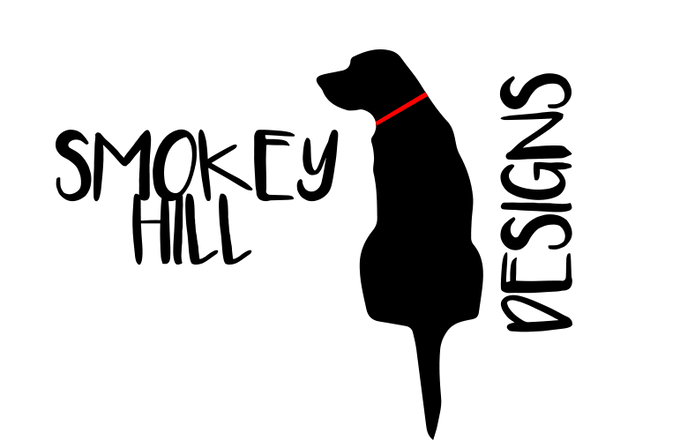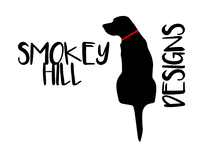Recommended Materials for Various Common Projects
Suggested Materials for Earrings
- Our 1/8" materials are the most popular for earrings. This includes the 1/8" plywoods, acrylics, and PatternPly®. If you will be using a layered design, you may also consider the 1/16" options or even the clear or white flex. I personally love the flex sandwiched between two intricately cut 1/16" pieces of wood or acrylic!
- Another fun option for earrings is solid hardwood. Our TimberThins® line of hardwoods makes beautiful earrings. We do not offer these all the time, as they take us a long time to source, sort, and mill. We recommend these for more advanced laser users, since they lack a uniform core like MDF.
Suggested Materials for Signage
- Both 1/8" and 1/4" materials are very popular for signage. We recommend 1/8" for layered signs and 1/4" for single layer signs. Another popular thickness for lettering is 1/16" Our 1/16" plywood is water resistant, so it's a great choice for lettering on any front door signage (just be sure to treat it like you would any other outdoor wood and mount it to a hardwood or acrylic backer).
Suggested Materials for Ornaments
- Both 1/8" and 1/4" materials (including plain plywood, acrylic, and PatternPly® versions) are popular for single layer ornaments. Multilayer ornaments often use a mix of 1/8", 1/16", clear flex, or white flex.
Suggested Materials for Bookmarks
- Flexible substrates: Clear Flex, White Flex
- Wood: any of the 1/16" woods
- Acrylic: any of the 1/16" acrylics (white, black, clear)
Suggested Materials for Keychains
- Keychains are a tough one for us because of the wide range of abuse they undergo. Some people treat them with care, while others tend to throw their keys around. No matter which material you use, it could potentially break with heavy wear and tear. Our top recommendations for keychains would be 1/4" MDF core products. These will have more "meat" on them to withstand abuse. Be sure to finish the product to help it last--for plywood, you can use a water-based poly or you can spray it with our Frog Juice; for PatternPly®, use the Frog Juice. I know the MDF core recommendation is going to be a shock to a lot of you, but the problem with acrylic is that it chips. We once took a PatternPly® coaster, sprayed it with Frog Juice, and then threw it around our parking lot (it was a fun day!). What we found was that the acrylic itself chipped off, but the pattern remained even on the chips. We've had the same experience with acrylic business card chipping in our pockets or bag.
Suggested Materials for Purses
- Most of our purse-making customers use 1/8" plywood or PatternPly® on MDF core. There are files, however, that are designed for acrylic instead. Again, 1/8" will be best here. Make sure you check the recommended material on your file because the MDF and acrylic living hinge purse files often aren't interchangeable.
Suggested Materials for Suncatchers
- When choosing a material for a suncatcher, make sure you are in the "Transparent, Frosted, and Metallic" collection. All items in this collection will have the word "transparent" in the product name. Make sure that word is there or else you won't be able to see through it! Once in this collection, you can choose the 1/16", 1/8", or 1/4" clear acrylic OR the clear flex. The option you choose depends heavily on your suncatcher design:
- Suncatchers can be assembled in different ways. For most, customers use either a 1/16" or an 1/8" piece of plain black acrylic on either one or both sides of the suncatcher. If using two pieces of black acrylic, the transparent PatternPly® is sandwiched in between. If using only one piece of black acrylic, the transparent PatternPly® is attached to the back.
- The thicknesses you choose for the black acrylic and the transparent PatternPly® are personal preferences. Just remember to add the thicknesses of all two or three pieces together when planning your design. For example, a design with three layers of 1/8" material may end up being thicker/heavier than you prefer. If that's the case, perhaps consider using a piece of transparent flex instead or only a two layer of 1/8". There is no right or wrong way!

